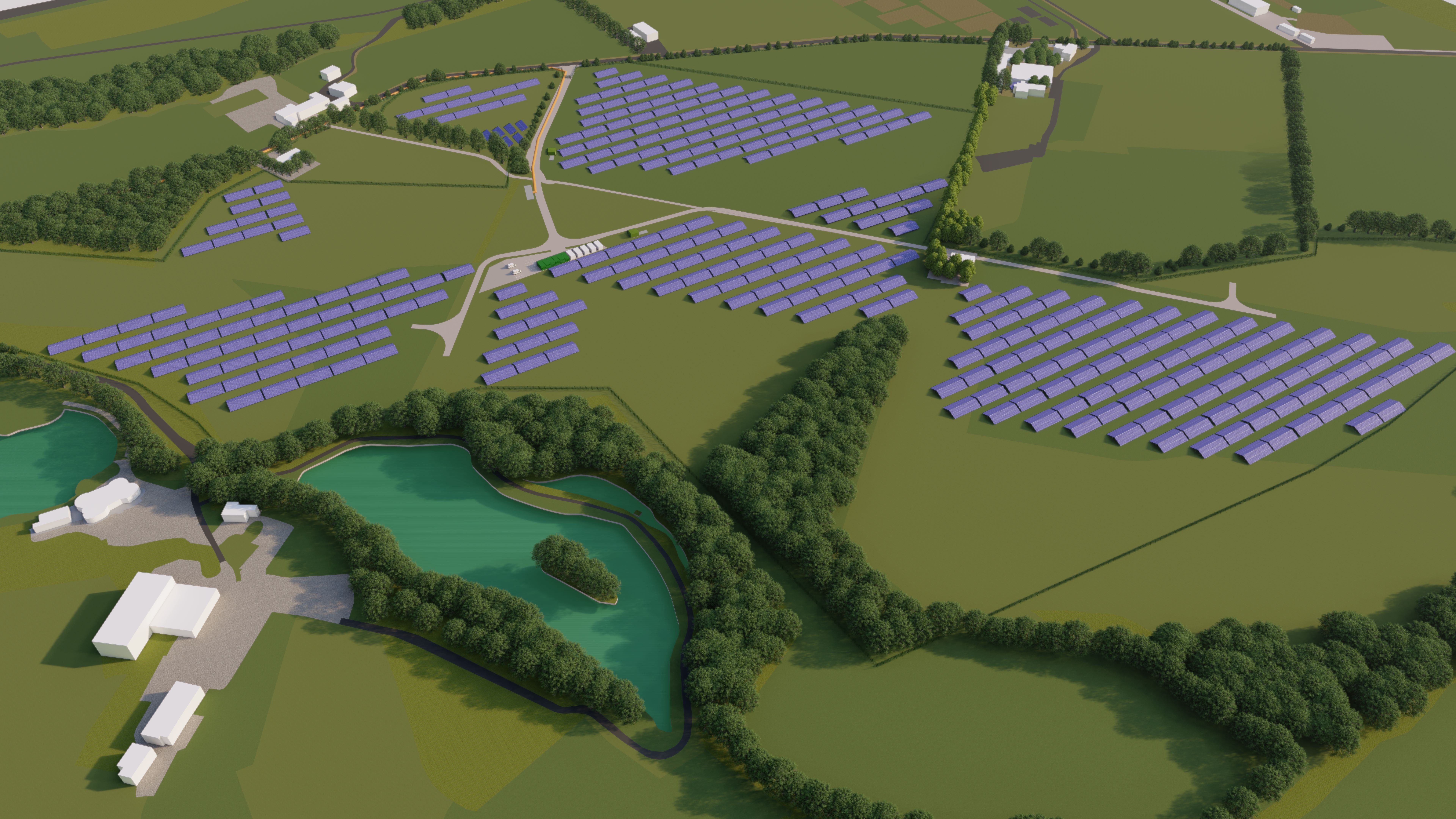Lancaster University has also been awarded £560,387 for the Lancaster Campus District Heat Network from the Heat Network Efficiency Scheme (HNES). Funding will go towards upgrading infrastructure across the network and allow it to be “Heat Pump Ready”. The project therefore includes the installation of more efficient pumps and meters, improving the central building management system, enhancing insulation throughout the network. HNES funding will be crucial in achieving the University’s pledge to reach net-zero carbon emissions from electricity and heating by 2030.


.png)




